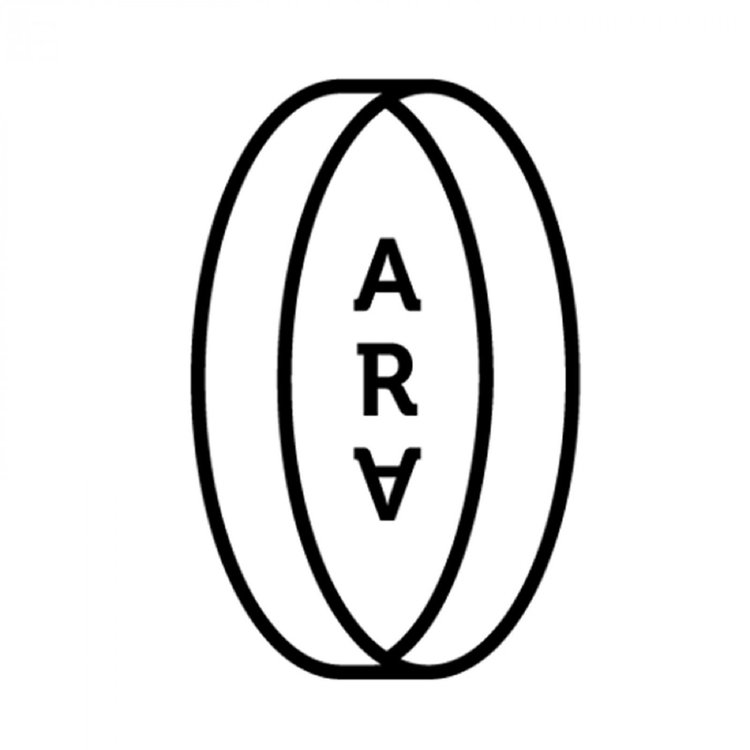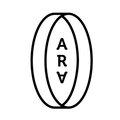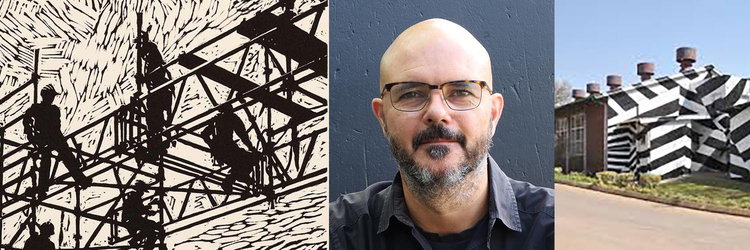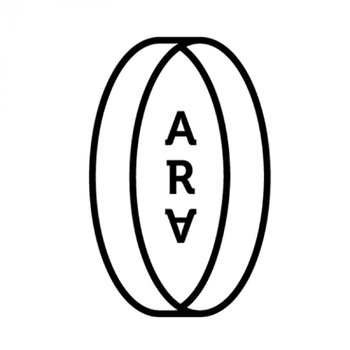
Stephen Hobbs: Negotiating the complexities of Johannesburg with art practices
Loading player...
In this dialogue, Prof Christo Doherty, the Chair of Research in the Wits School of Arts, speaks to Stephen Hobbs, a South African artist whose work spans a wide range of media, exploring themes of urban transformation, architecture, and social dynamics. Known for his thought-provoking installations and public art projects, Stephen has a distinctive approach that often examines the hidden infrastructures of cities, and the intersection of natural and built environments. Stephen has an exhibition, a survey of his career of almost thirty years, entitled “Man Shouting in Distance” which is running at the Wits Art Museum until 23 November.
Stephen earned his Bachelor of Fine Arts from the University of the Witwatersrand in Johannesburg in 1993. From 1994 to 2000, he served as the curator of the Market Theatre Galleries, fostering a dynamic space for contemporary art in the city. In 2001, he co-founded The Trinity Session with fellow Wits fine arts graduates Kathryn Smith and Marcus Neustetter. Trinity was an artist collaborative and public art consultancy dedicated to integrating art into urban environments.
Stephen’s own artistic practice often explored themes of city infrastructure and social dynamics, laying the groundwork for his later explorations into the intersections of art, architecture, and public space. Recently, Stephen has ventured into bio-art, working with mycelium—the root structure of fungi—to investigate natural systems that mirror urban networks. His innovative approach challenges us to reconsider the hidden connections that shape both our cities and our planet.
In this podcast we discuss Stephen’s beginning as an artist, his family background, education and early influences, and how growing up in Johannesburg shaped his perspective as an artist.
We go on to examine his strategies as an artist exploring the urban landscape, and negotiating the complexities of post-apartheid transformations in the Johannesburg geography. We also discuss Stephen’s interest in strategies of deception and camouflage and how these have manifested in his practice. We then explore the range of mediums that Stephen has used to express his ideas and how his practice has evolved over his career.
Finally we follow Stephen into a new terrain of practice - BioArt - in which he has been working with mycelia to explore the hidden connections between the structure of cities and the planetary environment.
Stephen earned his Bachelor of Fine Arts from the University of the Witwatersrand in Johannesburg in 1993. From 1994 to 2000, he served as the curator of the Market Theatre Galleries, fostering a dynamic space for contemporary art in the city. In 2001, he co-founded The Trinity Session with fellow Wits fine arts graduates Kathryn Smith and Marcus Neustetter. Trinity was an artist collaborative and public art consultancy dedicated to integrating art into urban environments.
Stephen’s own artistic practice often explored themes of city infrastructure and social dynamics, laying the groundwork for his later explorations into the intersections of art, architecture, and public space. Recently, Stephen has ventured into bio-art, working with mycelium—the root structure of fungi—to investigate natural systems that mirror urban networks. His innovative approach challenges us to reconsider the hidden connections that shape both our cities and our planet.
In this podcast we discuss Stephen’s beginning as an artist, his family background, education and early influences, and how growing up in Johannesburg shaped his perspective as an artist.
We go on to examine his strategies as an artist exploring the urban landscape, and negotiating the complexities of post-apartheid transformations in the Johannesburg geography. We also discuss Stephen’s interest in strategies of deception and camouflage and how these have manifested in his practice. We then explore the range of mediums that Stephen has used to express his ideas and how his practice has evolved over his career.
Finally we follow Stephen into a new terrain of practice - BioArt - in which he has been working with mycelia to explore the hidden connections between the structure of cities and the planetary environment.


